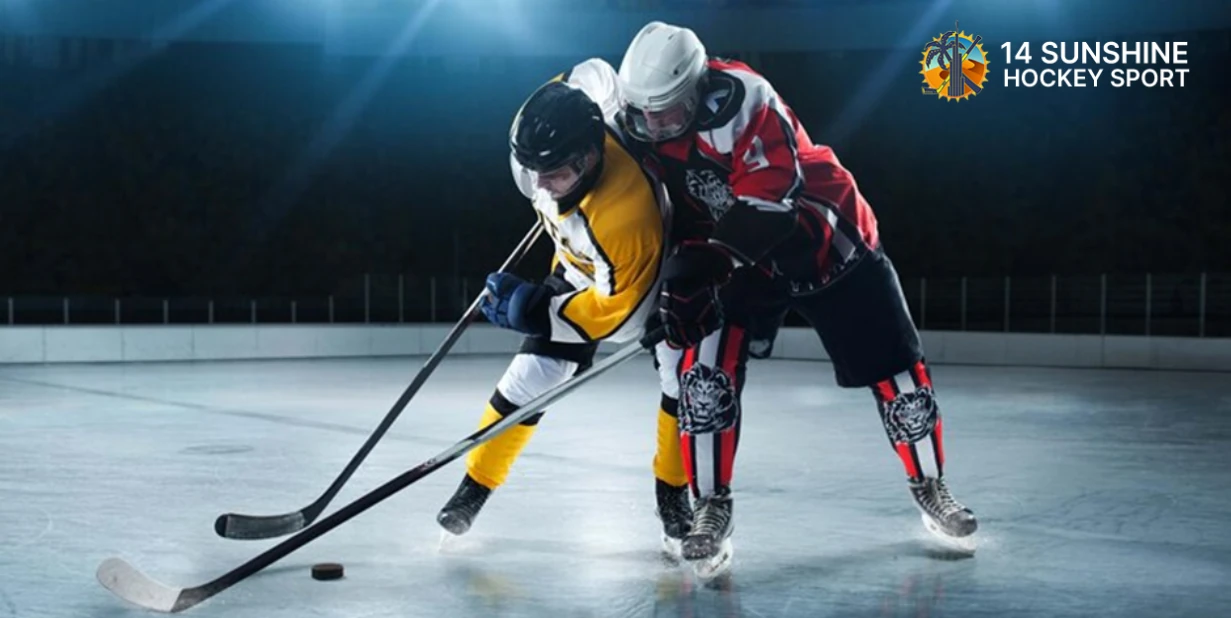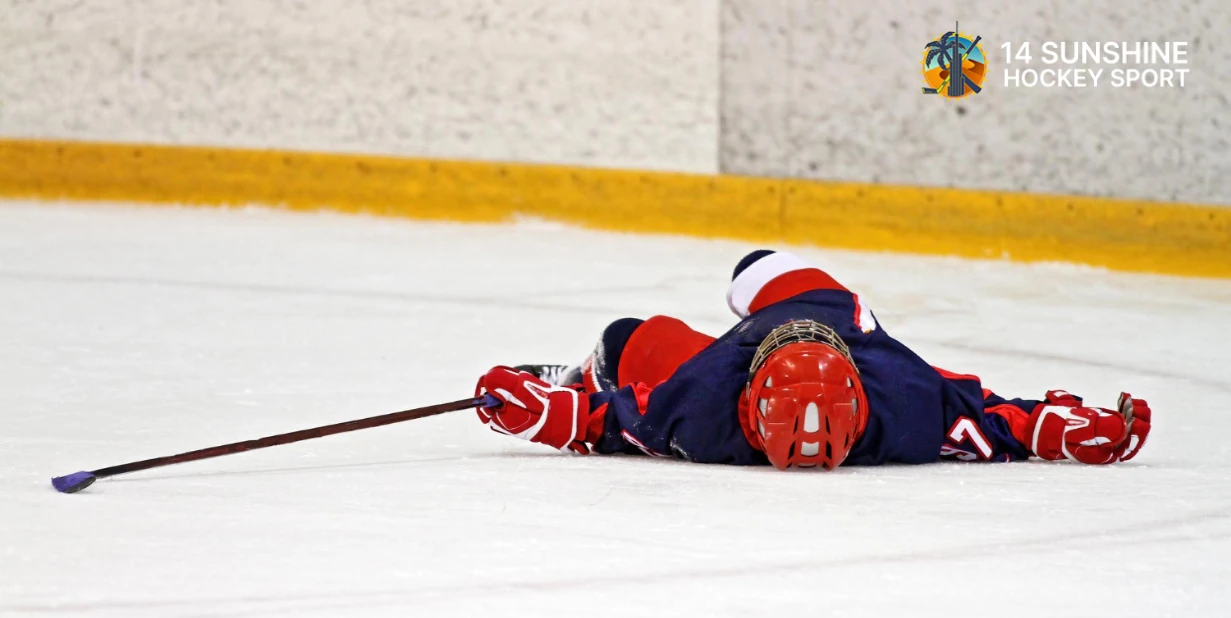Why Ice Hockey Is The Hardest Sport? Top 10 Reasons

Ice hockey is widely regarded as one of the most challenging sports in the world. It demands exceptional physical fitness, mental toughness, and technical skills, all while being played on ice—a surface that introduces an entirely unique set of challenges. From intense speed to physical collisions, ice hockey stands out as a sport that tests every aspect of an athlete’s ability.
In this blog, we’ll dive into the top 10 reasons why ice hockey is the hardest sport and why it earns so much respect among fans and players alike.
1. Playing on Ice
Unlike most sports that are played on grass, turf, or courts, ice hockey is played on a slippery surface—ice. Skating requires tremendous balance, coordination, and strength. Players not only need to master skating at high speeds but also need to execute intricate maneuvers like sharp turns and quick stops. Learning to skate proficiently can take years, making ice hockey more challenging from the outset.
2. High Speed and Intensity
Ice hockey is one of the fastest sports in the world. Players often reach speeds of 20-30 miles per hour while skating. The puck, made of solid rubber, can travel at speeds of over 100 miles per hour during a slap shot. This speed requires players to have lightning-fast reflexes and decision-making abilities. The game’s intensity leaves no room for error, making it an exhilarating yet demanding sport.
3. Physical Contact and Toughness
Ice hockey is a full-contact sport, with body checks being a fundamental part of the game. Players need to have exceptional physical strength to handle collisions while staying focused on the play. The constant physicality, combined with the risk of injuries, makes ice hockey one of the toughest sports. Protective gear helps reduce the risk but doesn’t eliminate the toll the game takes on the body.
4. Demanding Skill Set
Ice hockey requires a unique combination of skills, including skating, stick handling, passing, shooting, and body checking. Each skill demands years of practice to master, and players must perform them seamlessly under pressure during games. The coordination between skating and handling the puck, while making split-second decisions, is a testament to the sport’s difficulty.
5. Mental Toughness
Mental resilience is critical in ice hockey. Players need to stay calm and focused despite the high-pressure environment. They face constant challenges, from dealing with aggressive opponents to recovering quickly from mistakes. The ability to maintain composure during penalty kills, overtime, or shootouts is what separates good players from great ones.

6. Stamina and Conditioning
Ice hockey players need exceptional stamina and conditioning to keep up with the game’s fast pace. Shifts typically last 30-60 seconds, during which players give maximum effort. The combination of sprinting on skates, physical contact, and constant movement requires players to be in peak physical shape. Off-ice training, including strength and cardiovascular exercises, is essential to maintain their endurance.
7. Strategic Complexity
Ice hockey is a highly strategic sport that requires teamwork and advanced game intelligence. Coaches devise complex plays and formations, such as power plays and penalty kills, which players must execute flawlessly. Understanding positioning, reading opponents’ moves, and anticipating the puck’s trajectory are critical skills for success.
8. Teamwork Under Pressure
Unlike some sports where individual brilliance can dominate, ice hockey is a team-driven sport. Players must work together seamlessly, with each individual understanding their role in both offensive and defensive scenarios. Quick communication and trust are essential to execute plays effectively, especially during fast breaks or penalty kills.
9. Constant Movement
In ice hockey, the action rarely stops. Players are always in motion, either skating, passing, or battling for the puck. Unlike other sports where players can pause to reset or strategize, hockey’s continuous play adds another layer of difficulty. The fast transitions from offense to defense keep players constantly engaged and physically taxed.
10. Risk of Injuries
Ice hockey comes with a high risk of injuries due to its physical nature. Collisions, high-speed impacts, and accidental hits from sticks or pucks are common. Despite wearing helmets and padding, players often sustain bruises, cuts, or more severe injuries like concussions. The willingness to endure these risks highlights the toughness required to play hockey at any level.
What Sets Ice Hockey Apart?
While many sports are physically demanding, the combination of ice skating, physicality, and mental challenges makes ice hockey stand out. The requirement to excel in multiple areas simultaneously—skating, strategy, teamwork, and toughness—creates a unique blend of difficulty that few sports can match.
Conclusion: Ice Hockey’s Unparalleled Challenges
Ice hockey’s reputation as the hardest sport is well-earned. The combination of physical demands, mental challenges, and unique skills required to play the game sets it apart from other sports. From mastering the art of skating to enduring the intense physicality, hockey players demonstrate incredible resilience and dedication.
Whether you’re an aspiring player or a passionate fan, understanding what makes ice hockey so difficult can deepen your appreciation for the sport. The next time you watch a game, take a moment to marvel at the athletes who make this incredibly tough sport look effortless.












